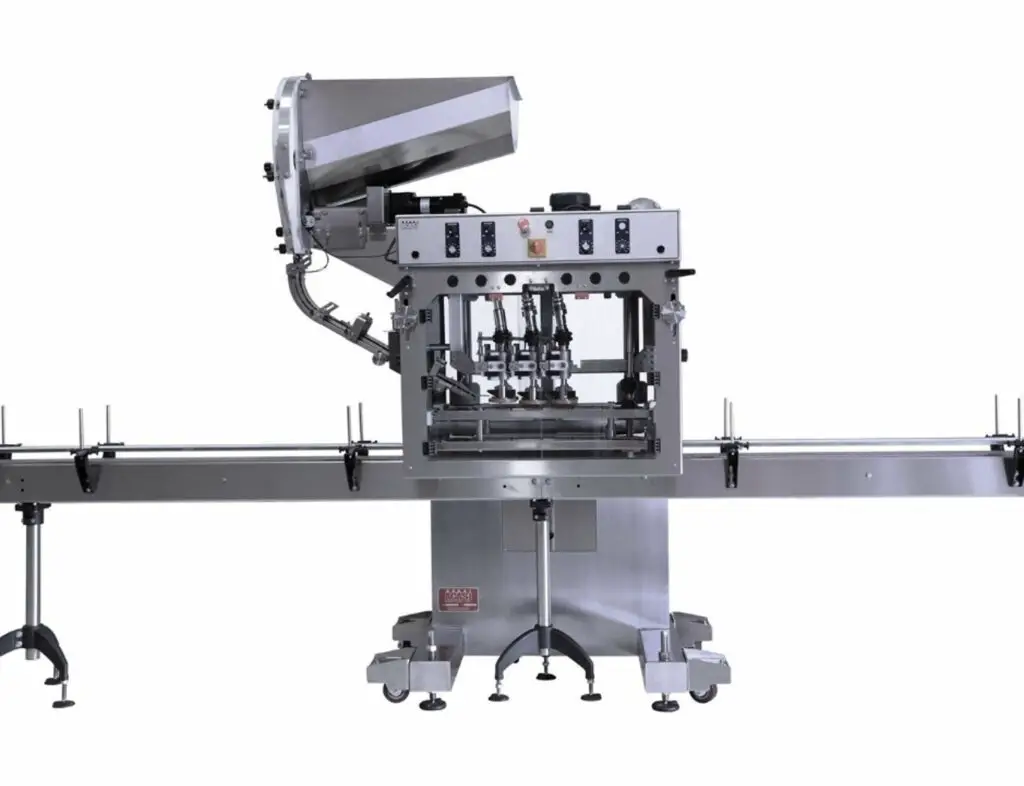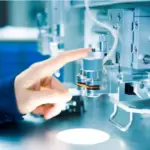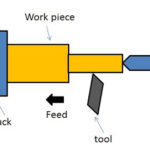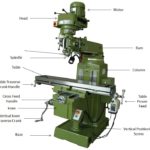Nearly all the industries that produce liquid products rely on capping machines to streamline processes and boost productivity. Automatic capping machines are used to place caps and lids on bottles and containers. These machines’ designs vary, and so do their sizes, production capacity, and cost
A typical bottle capper consists of several components that allow for fast and accurate operation. These include chute parts for holding the caps in place, chuck and inserts for clamping the lids, and clutches for accurate and consistent torque. The other components are belts and pulleys, shafts and sprockets, feeders, sorters, etc.
Below, we’ve discussed the different types of automatic capping machines, the selection criteria, use cases, and everything in between.
Types of Automatic Capping Machines

Depending on the liquid you are packaging and the size, type, and design of the container, you’ll need a specific capping machine for the job. The market is flooded with various models, so choosing only one can be challenging. Here are the most common types.
1. Inline Capping Machine.
This is one of the most popular bottle cappers in the market. Inline capping machines use spring or air load clutches to achieve the torque needed to tighten and release the caps. It works for various caps and containers and can work up to a speed of 200 caps per minute. However, this will largely depend on cap size and container configuration.
2. Snap Capping Machine.
This machine uses the same principle as the inline capping machine but with minimal pressure to secure the caps in place. It has fewer moving parts and is less expensive.
3. Chuck Capping Machine.
This machine is designed for special use cases, e.g., in pharma, where small bottles can be hard to work with. Chuck cappers are more reliable but costly.
4. Cap Placer Machine.
The machine works well with bottles/containers larger than 80mm. It works together with a cap tightener to achieve the desired torque.
5. Benchtop Capping Machine.
This capping machine relies on an air cylinder to press down the cap once the footswitch is activated. It works just like the handheld capper but with higher torque and faster speeds.
6. Cap Tightener Machine.
As the name suggests, this machine is used for tightening and retightening applications.
Automatic Capping Machine Selection Criteria
When choosing an automatic capping machine, there are a couple of factors you’ll need to consider. Most of these factors will surround your production needs, budget, floor space, and product quality. Often, most people will quickly judge a product by its price before checking the other requirements. However, this isn’t always a sustainable strategy, and you could end up picking the wrong product.
Besides the pricing factor, you also want to check the machine’s production capacity and level of integration. These two aspects will determine the possibility for future upgrades and expansion. Some capping machines also handle a wide variety of containers and lids. This means you can easily swap from one product to another.
Another thing to consider during the selection process is the manufacturer’s reputation. High-quality products tend to have longer warranty periods and comprehensive user resources.
The level of automation is another critical selection criterion. You may choose a semi-automatic capping machine for small and medium-scale production. However, a fully-automatic type is highly-recommended for large-scale production.
Capping Machines Use Cases
Regardless of the industry or business you are in; there’s always a capping machine designed to meet your needs. Popular industries where automatic capping machines are used include pharma, food & beverage industries, beauty, cosmetics, etc. Each of these industries will have specific regulations on how the products should be handled.
For instance, capping machines used in pharma must meet the highest cGMP manufacturing standards. That could mean operating the machine in a sterile environment with no human intervention. Another industry with strict hygiene requirements is food and beverage processing. Stainless-steel machines fitted with clean-in-place technology are often preferred.
That said, the packaging and production requirements in other areas, e.g., general packaging applications, may not be very strict. However, you always want to do your research to avoid buying a sub-standard machine.
Choosing the Right Capping Machine
With so many capping machines in the market, choosing the right product can be overwhelming. Not only will you have to sort similar products from many manufacturers, but you’ll also need to compare several technical features. Doing your research before going to the market can be quite helpful. This is because you can easily choose the one product you’ve researched and believe will suit their needs.
Even so, the market sometimes has better products that you have no idea exist. Keeping an open mindset may be a good strategy. However, you’ll need to seek guidance from an independent consultant or professional. That way, you’ll benefit from in-depth industry knowledge and insights during the selection process.
Before closing the deal, ensure you have tested the machine you have bought. You want to confirm that the product is working as expected and with no defects. This will give you some peace of mind, plus you’ll better understand the modification to make to your production floor before getting the machine delivered.









